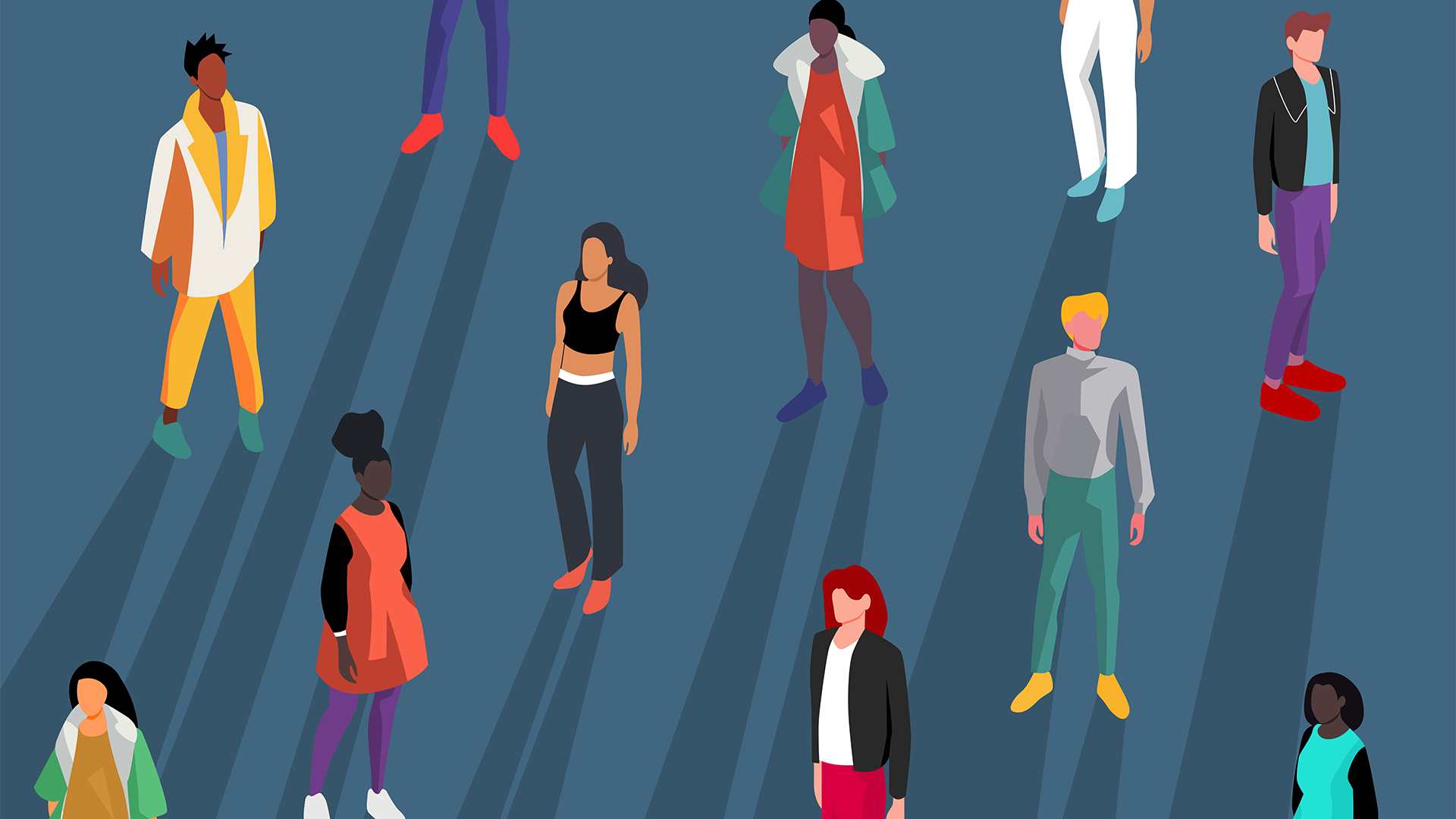How tech leaders can foster accessibility in their organizations
Lack of support for the disability community in tech continues to hold workers back – employers need to commit to accessibility or admit they're failing on diversity goals


Throughout the working world, diversity, equity, and inclusion (DEI) strategies have become more widely adopted. But while many enterprises have dedicated a large swathe of resources towards these initiatives, there is a large gap when it comes to one group that falls under that umbrella: the disability community.
Scope, the UK’s largest disability support organization, puts the number of working adults with disabilities at 23%. According to data gathered by Statista, over one million people work in the IT field in the country. If all things were equal, we’d expect more than 200,000 disabled IT workers in the UK.
In the US, a report by research firm Wiley found that most tech business leaders are concerned that their companies aren’t as clear on overall workplace diversity as they would like, with only 16% feeling that they are doing enough for neurodivergent employees.
Caroline Fox, global EDI lead at AWS recruitment firm Jefferson Frank, says that disability needs to be more of a focus in tech sector boardrooms.
“I think there’s still a lot of work to be done to ensure that disability is considered, but the reality is that it can’t be ignored now,” she tells ITPro.
“If you fail to accommodate disabled talent, you are going to fall behind, and the industry is moving closer and closer towards a standard that simply won’t allow this. Furthermore, tech talent is hard to find. If you don’t diversify your talent pools and offer the required accommodations to allow for better access to training for disabled talent, you are missing out on an enormous population, and this will ultimately be impossible to overcome.”
Changing the accessibility conversation
Much of the public narrative surrounding disability in the broader tech sector is around what researcher and designer Liz Jackson has called “disability dongles,” accessible tech marketed as miracle solutions but which just create inaccessible clutter.
Sign up today and you will receive a free copy of our Future Focus 2025 report - the leading guidance on AI, cybersecurity and other IT challenges as per 700+ senior executives
Historically, tech companies have been fairly coy about their diversity data when it came to disabled staffers. As TechCruch’s Steve O’Hear found out in 2016, companies were more likely to discuss these things when they didn’t think they’d be heard.
Advocacy groups like Diversity in Tech and People of Color in Tech (POCIT) have both shone the light on how disability often gets overlooked in the sector. This lack of support, in turn, can lead tech workers to hide their disabilities for fear of being looked down upon or losing their livelihood entirely.
To create true inclusivity within all these organizations, activists argue that these conversations need to go beyond consumers of products and services and look more at those doing the work.
Disabled workers who are vocally advocating for this type of top-down inclusion at every level of companies include people like Amelia Peckham, who worked across sectors including advertising, health, and PR, before co-founding an adaptive equipment business called Cool Crutches and Walking Sticks. Peckham says that it’s not just front-facing roles that need to be filled by disabled staff.
“I would love to see more disability at the board level, being involved in the conversation, consulted about potential initiatives and drives to improve working,” she tells ITPro.
“I would also love to see peer-driven training, so a better understanding that there is a gap in knowledge and providing training will only help to improve awareness, understanding and as a result, inclusivity.”
This could take the form of mentorship, as well as support networks similar to those being formed for women in tech and LGBTQIA+ employees.
After becoming disabled, Peckham found herself fighting against barrier after barrier, including having to sit by as an employer only hired her because he believed he would get a tax break. Through her company, she would research data from the UK’s Office of National Statistics (ONS) disability report and found it revealed similar issues to those she was experiencing.
“If I’m totally honest, my disability excluded me from plenty of roles before the interview stage,” she says. “It also saw me be offered roles on reduced salaries, working in environments where there was an open assumption I should be grateful for anything I was given, etc. It wasn’t easy but it was a completely normal/common occurrence when I started working."
Better accessibility from the interview onward
The lack of diversity in hiring is something that staffing companies like Stafi, which specializes in connecting prospective employees in Latin America with companies across sectors in the United States, are watching closely. Diana Pereda says these conversations are continuing to grow, especially when it comes to the opportunities provided by remote work.
“[We can add] people with disabilities to our teams, we have all kinds of software and we don’t need to remove them from the spaces in which they feel comfortable.”
Pereda says that sourcing talent from Latin America has highlighted disparities between disability protections in different parts of the world and she’s hopeful that Stafi, via their work, can help bridge both cultural and accessibility gaps. She also says that being a remote working company means she’s used to talking to clients and their workforce about navigating difficult conversations when it comes to working collaboratively without the same background or cultural context.
“Speaking of disability, I would speak of curiosity,” she tells ITPro.
“It is not only regarding disability but also other cultures, everything that is not related to what you know…we need to break that barrier also and we need to have a very good strategy to make them understand, as we have been doing it, that [disability-focused inclusion] is a possibility and that it is not as complex as it sounds."
In terms of possible action items, Fox says that taking something that works – like a license to make an essential work tool more accessible – and making it usable beyond one employee who has requested it can be a valuable way to create more inclusion in your IT-focused workplace.
“It is essential to focus initially on an individual’s needs to put the correct measures in place for their requirements, but the conversation shouldn’t end there.
“For example, if one employee requires a software add-in to allow them to access their training, consider taking out a company-wide license rather than a single license to allow others or future employees access without the full process and in a more cost-effective way. Not only do others benefit from the availability of such support, but it may also be possible to put things like this in place on a self-service basis, meaning employees don’t need to request adjustments and can simply access them straight away themselves.”

John Loeppky is a British-Canadian disabled freelance writer based in Regina, Saskatchewan. He has more than a decade of experience as a professional writer with a focus on societal and cultural impact, particularly when it comes to inclusion in its various forms.
In addition to his work for ITPro, he regularly works with outlets such as CBC, Healthline, VeryWell, Defector, and a host of others. He also serves as a member of the National Center on Disability and Journalism's advisory board. John's goal in life is to have an entertaining obituary to read.
-
 Gender diversity improvements could be the key to tackling the UK's AI skills shortage
Gender diversity improvements could be the key to tackling the UK's AI skills shortageNews Encouraging more women to pursue tech careers could plug huge gaps in the AI workforce
-
 Researchers claim Salt Typhoon masterminds learned their trade at Cisco Network Academy
Researchers claim Salt Typhoon masterminds learned their trade at Cisco Network AcademyNews The Salt Typhoon hacker group has targeted telecoms operators and US National Guard networks in recent years